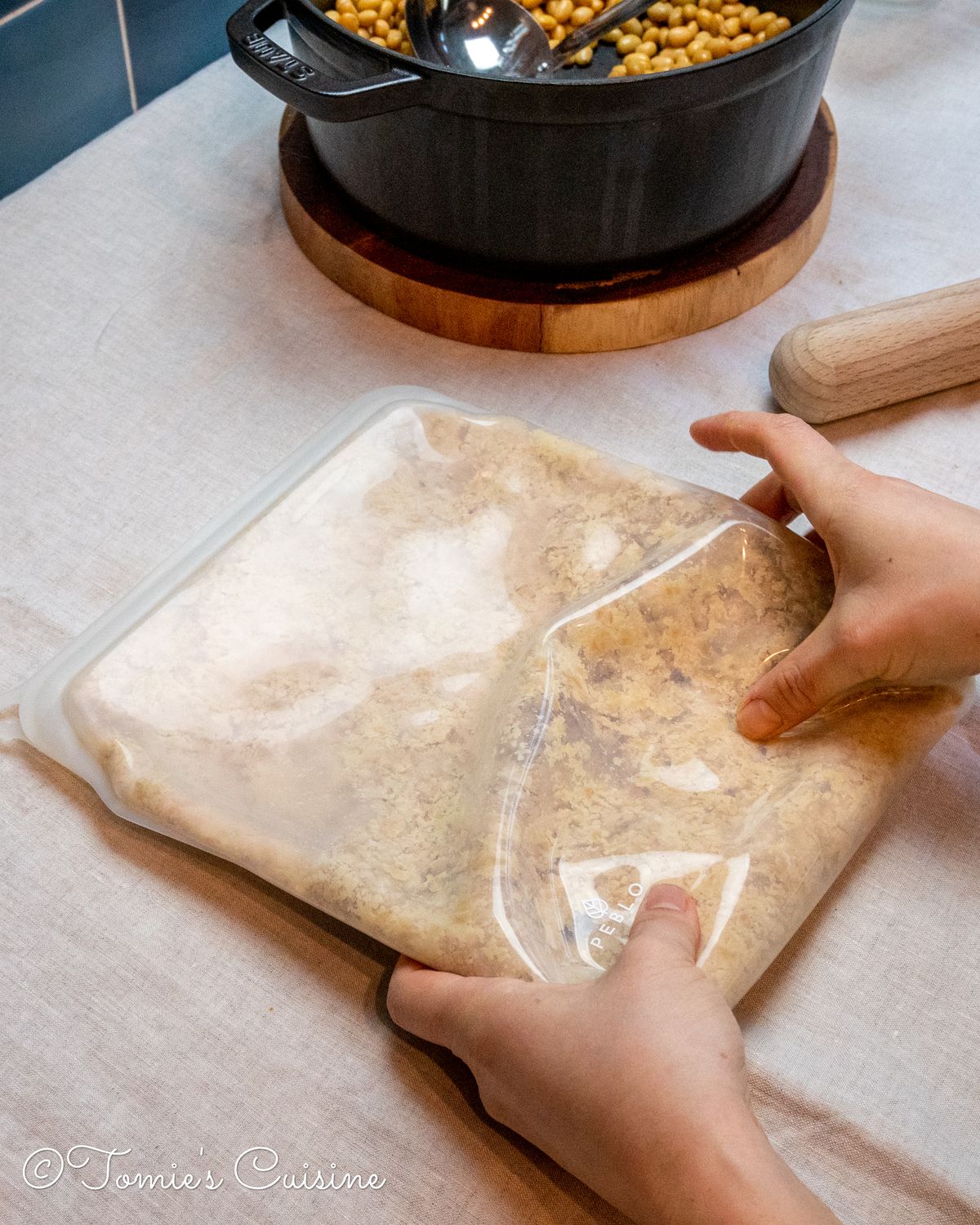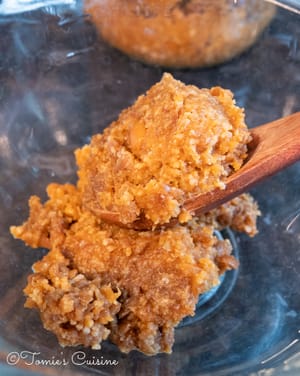Recipe
Ingredients
- 400g soybeans
- 400g rice Koji (cooked rice inoculated with a fermentation culture)
- 200g sea salt (sel de guérande)
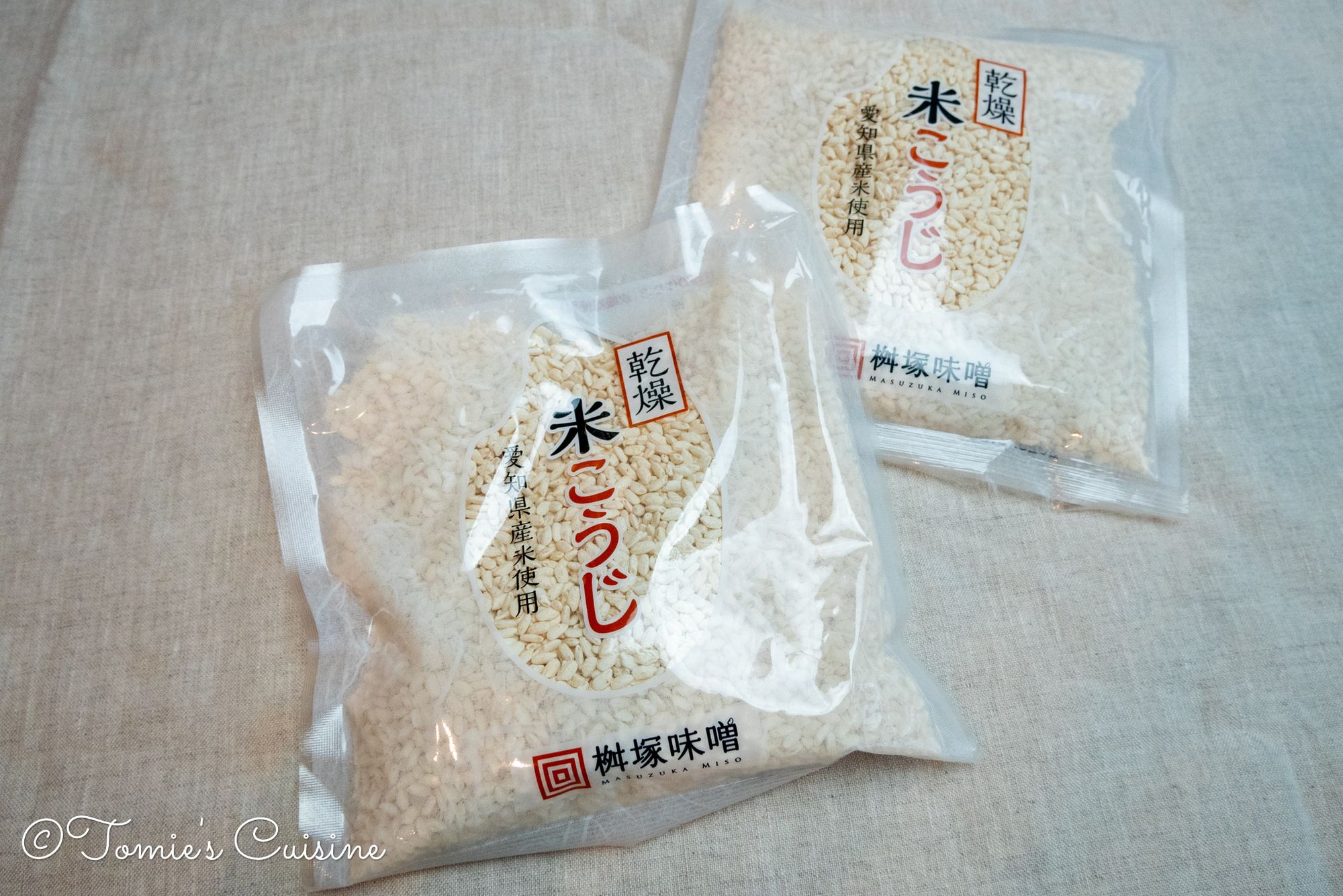
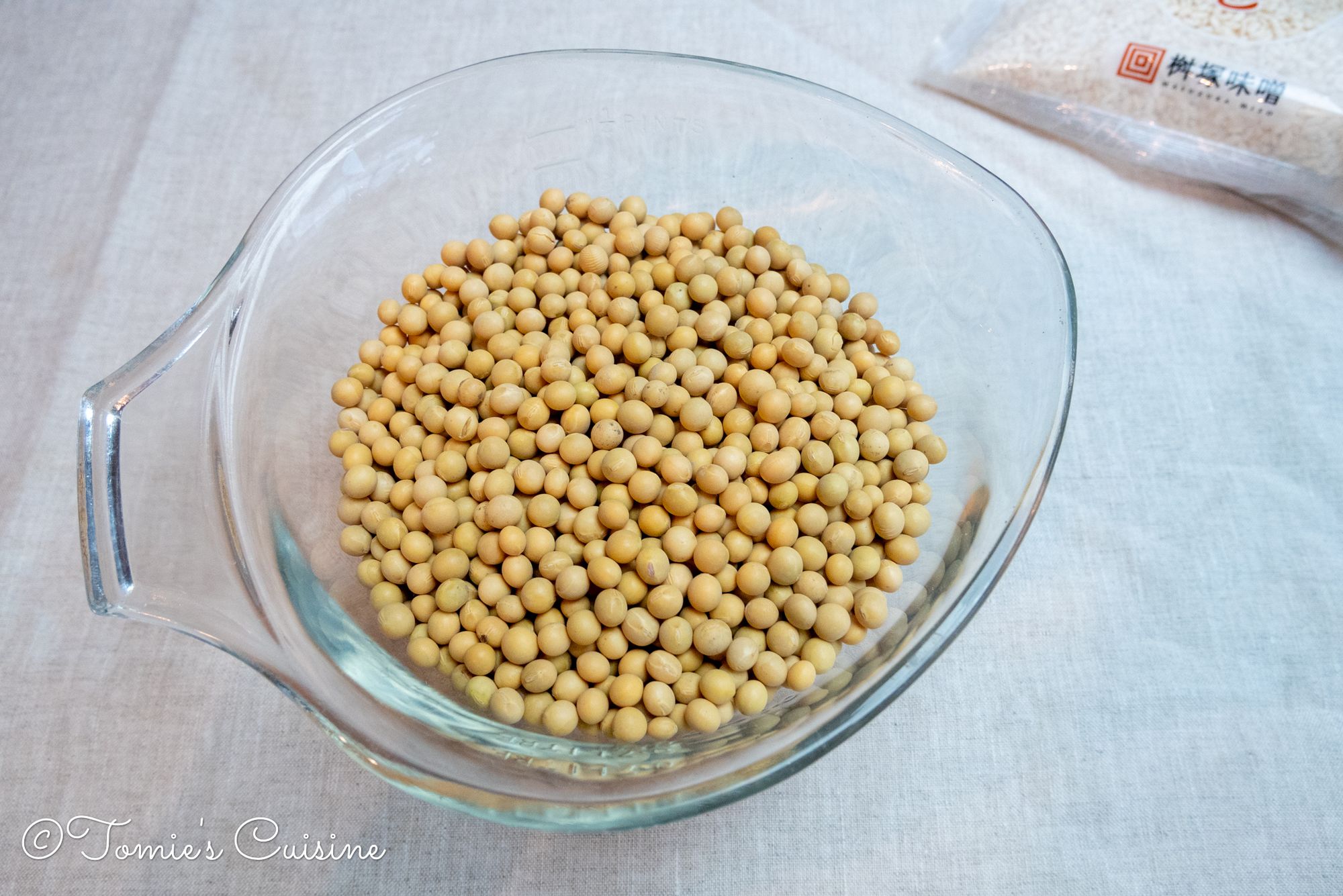
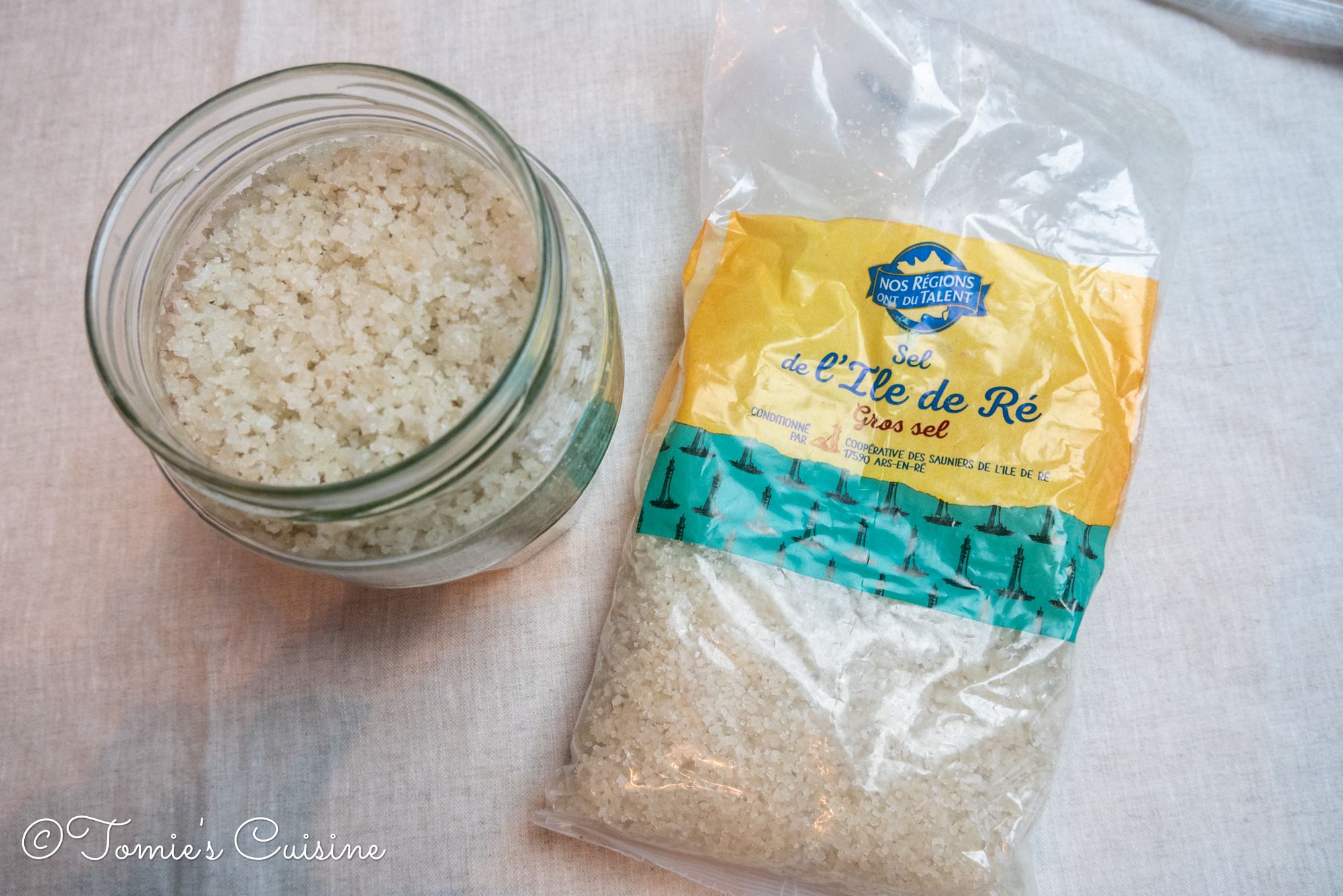
I bought dried Koji in Japan, but you can also buy it from Japanese supermarkets or Amazon. I used organic soybeans and got some coarse salt when we went to France during Christmas.
Tools
- Pot (Staub cocotte 24cm)
- Muslin
- Colander
- Silicone food bag (Moonmoon Reusable Silicone Bags and Peblo Silicone Food Storage Bags)
- Rolling pin
- Bowl (pyrex)
- Pyrex glass food container (or clip top glass jar)
Instructions
Make sure your hands and equipment are clean and sanitised.
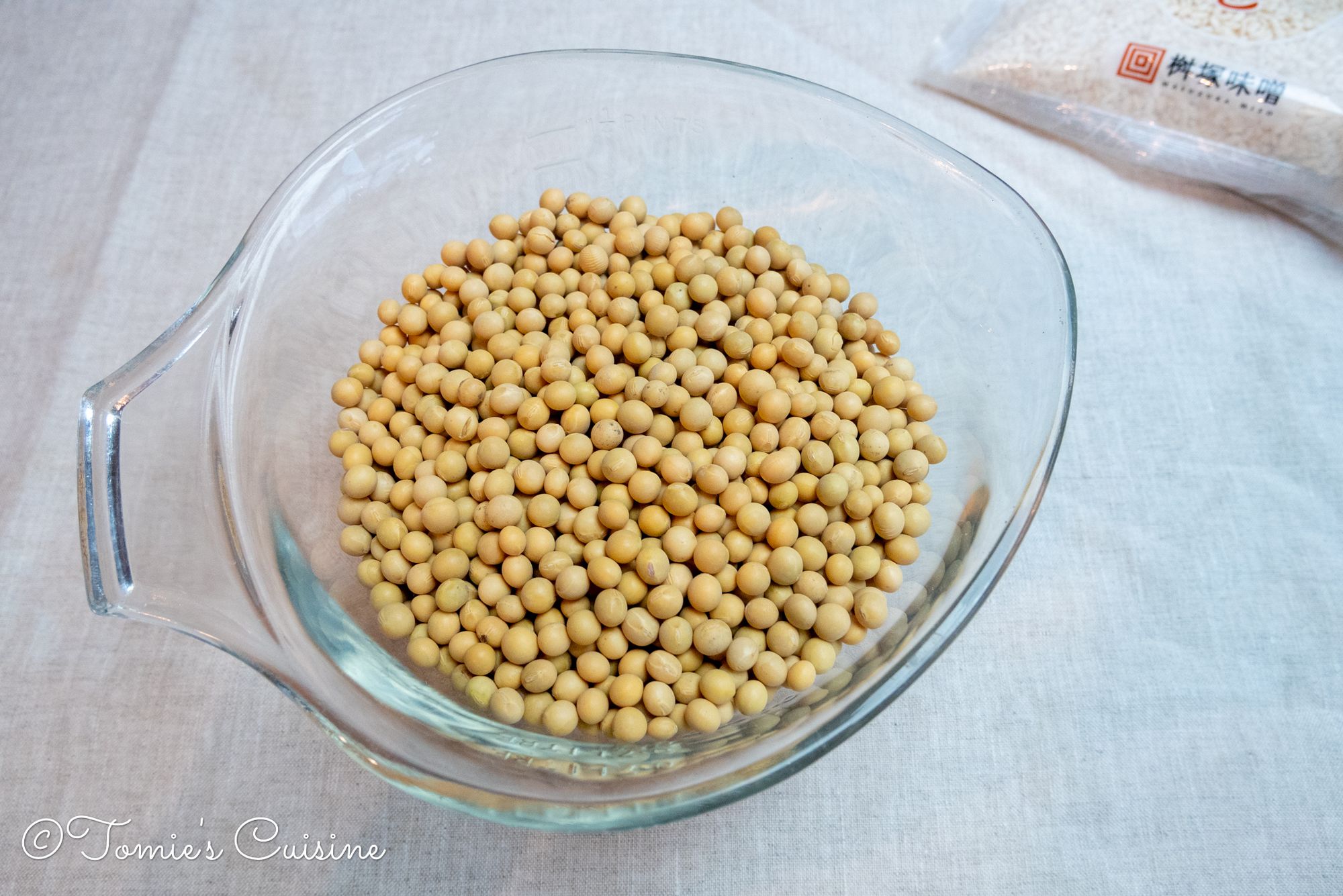
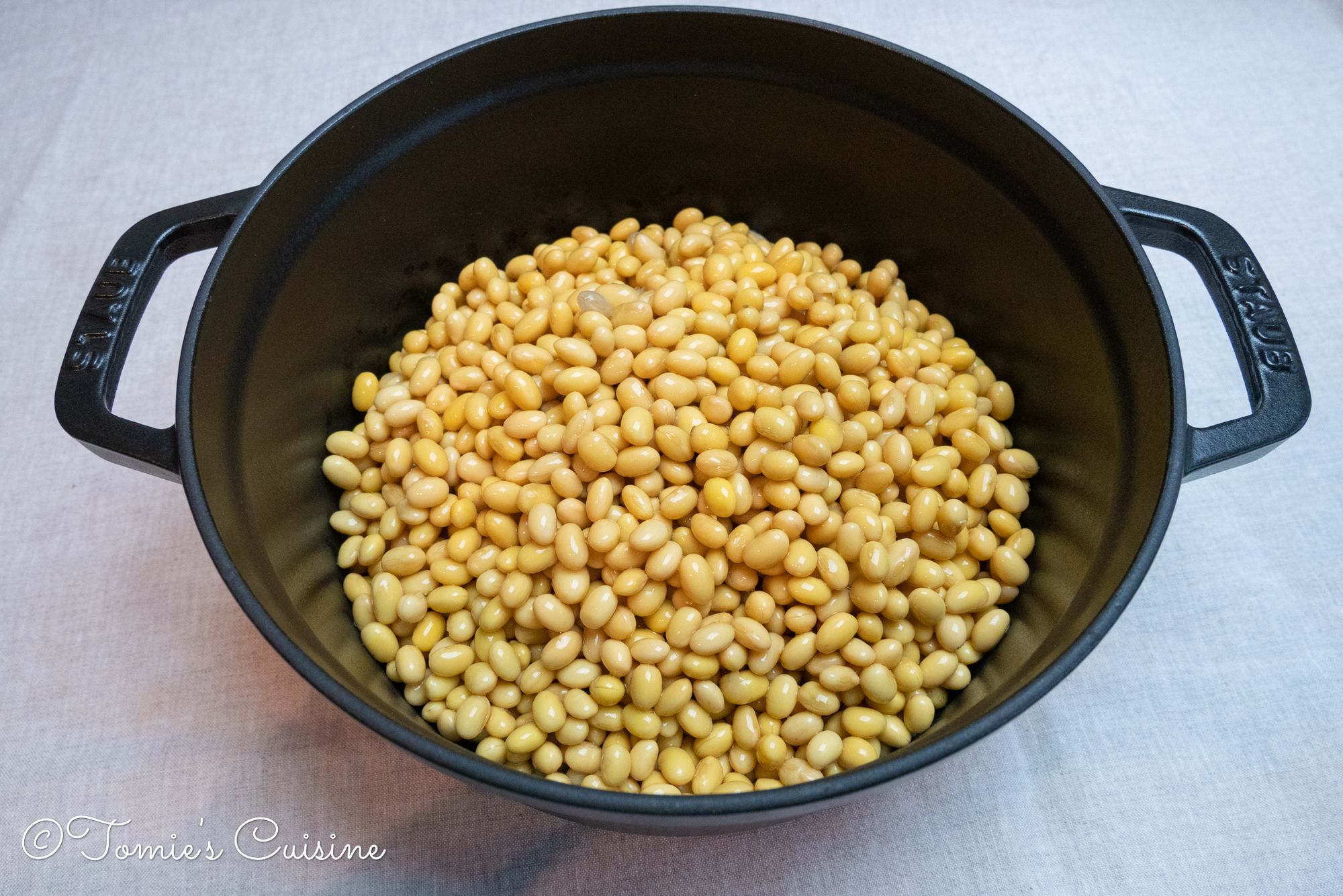
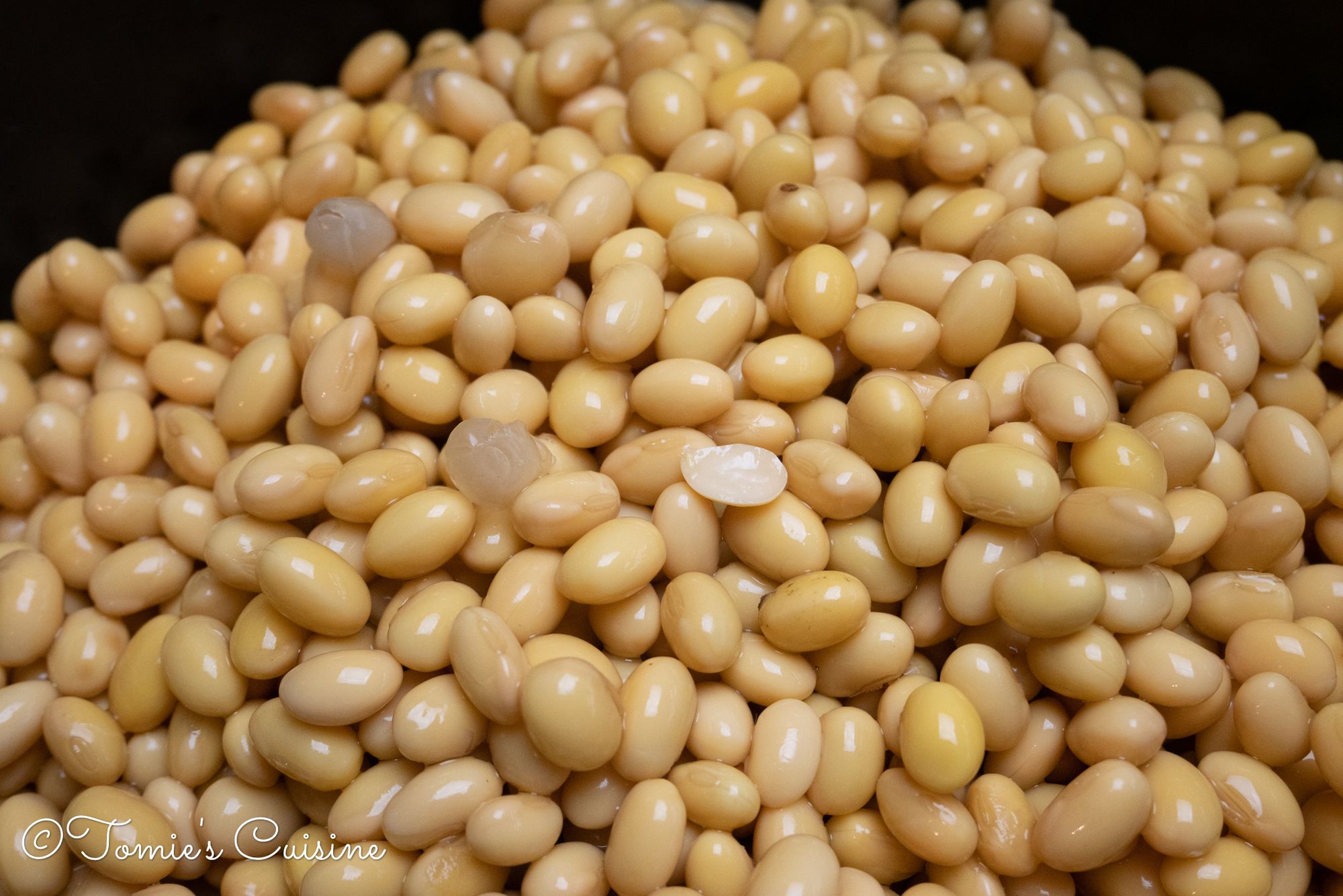
- Wash and soak the soybeans in water for at least 15 hours to ensure that the soybeans are completely rehydrated. If you are unsure, break some soybeans in half and check inside.
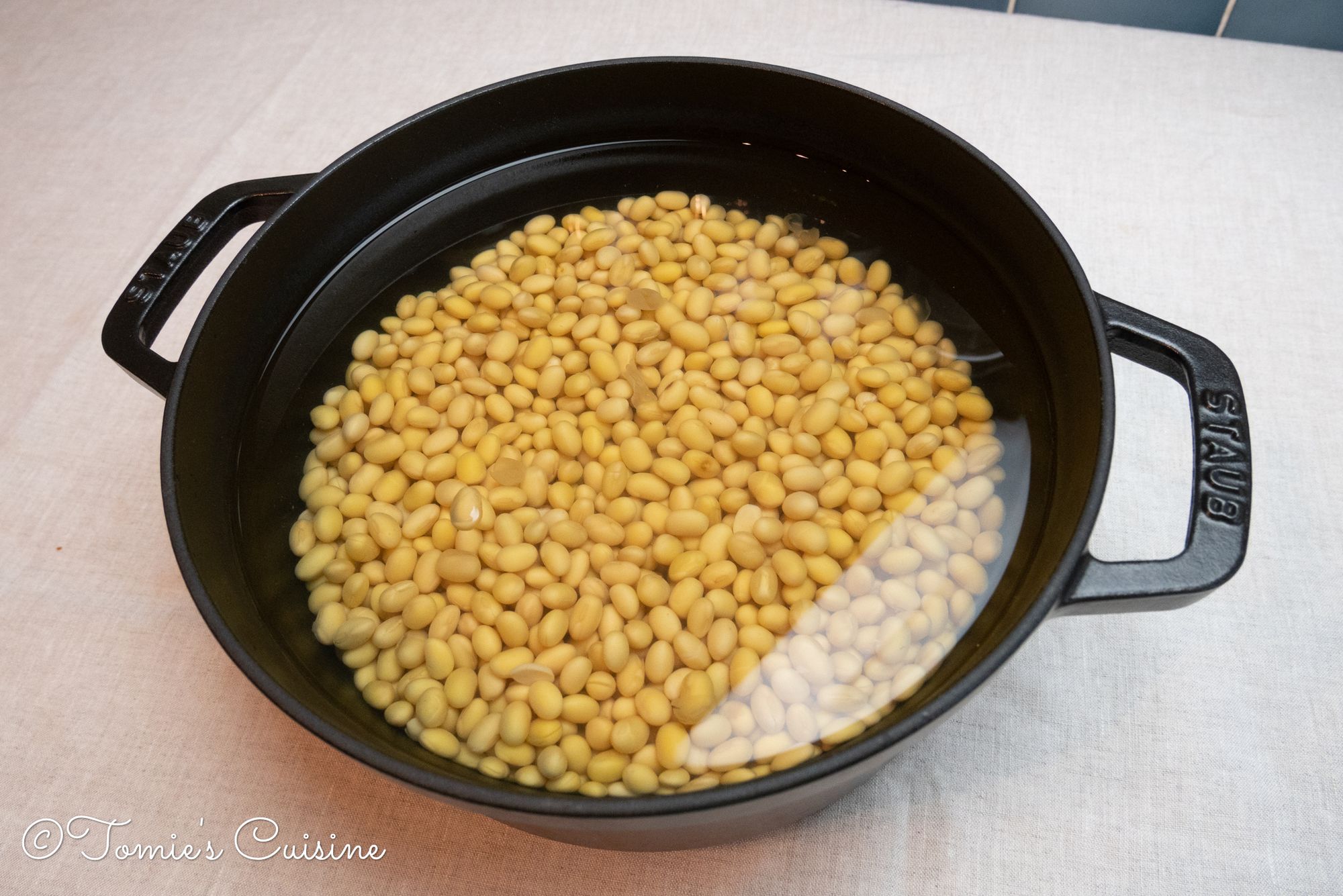
- Drain the water and place the beans, and cover with fresh water in a pot. Bring it to a boil and continue cooking with simmering water until the soybeans soften enough that you can easily break them with your fingers. Remove scum while cooking and add some water if necessary to keep the water level.
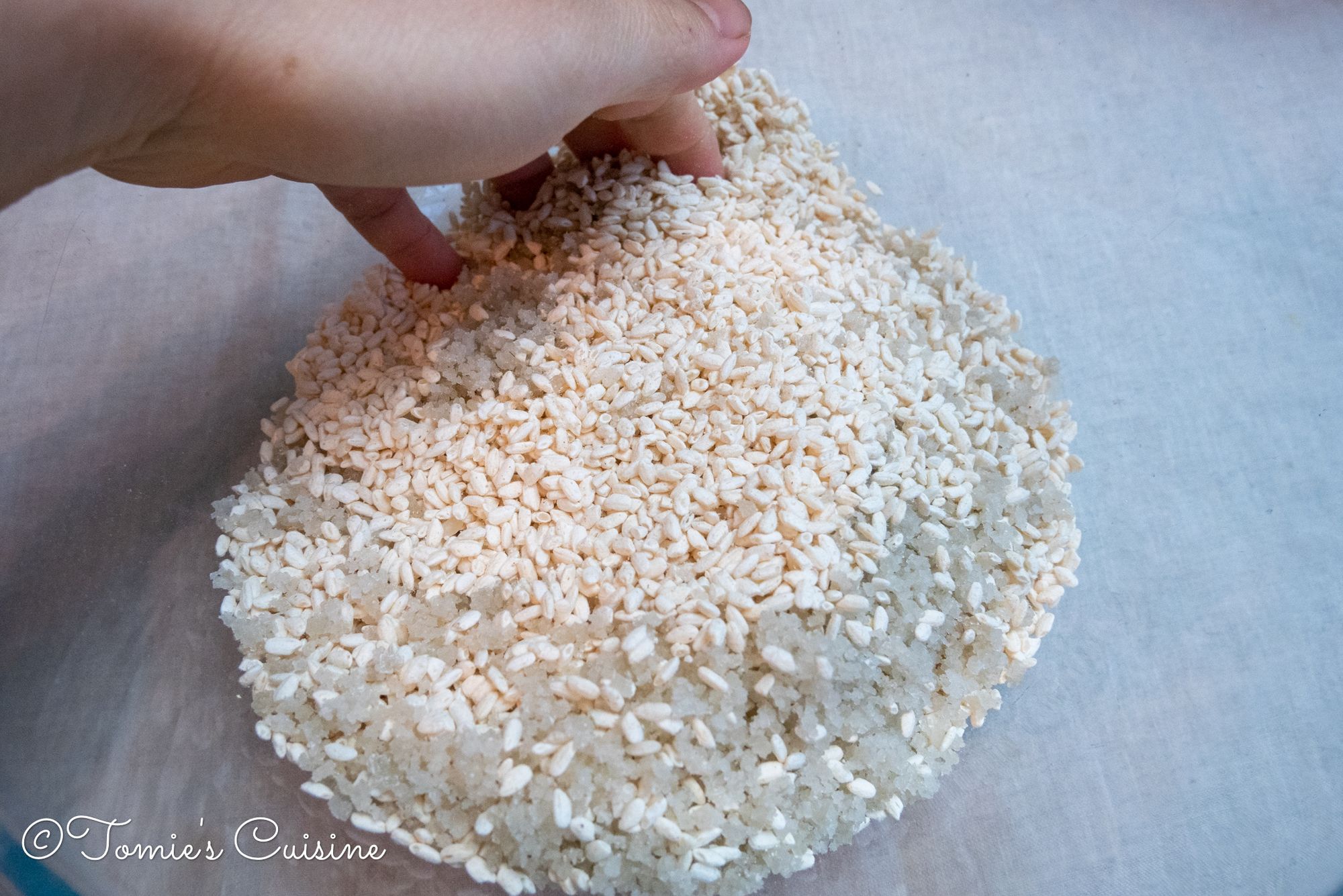
- Combine salt and Koji in a large bowl and keep it on the side.
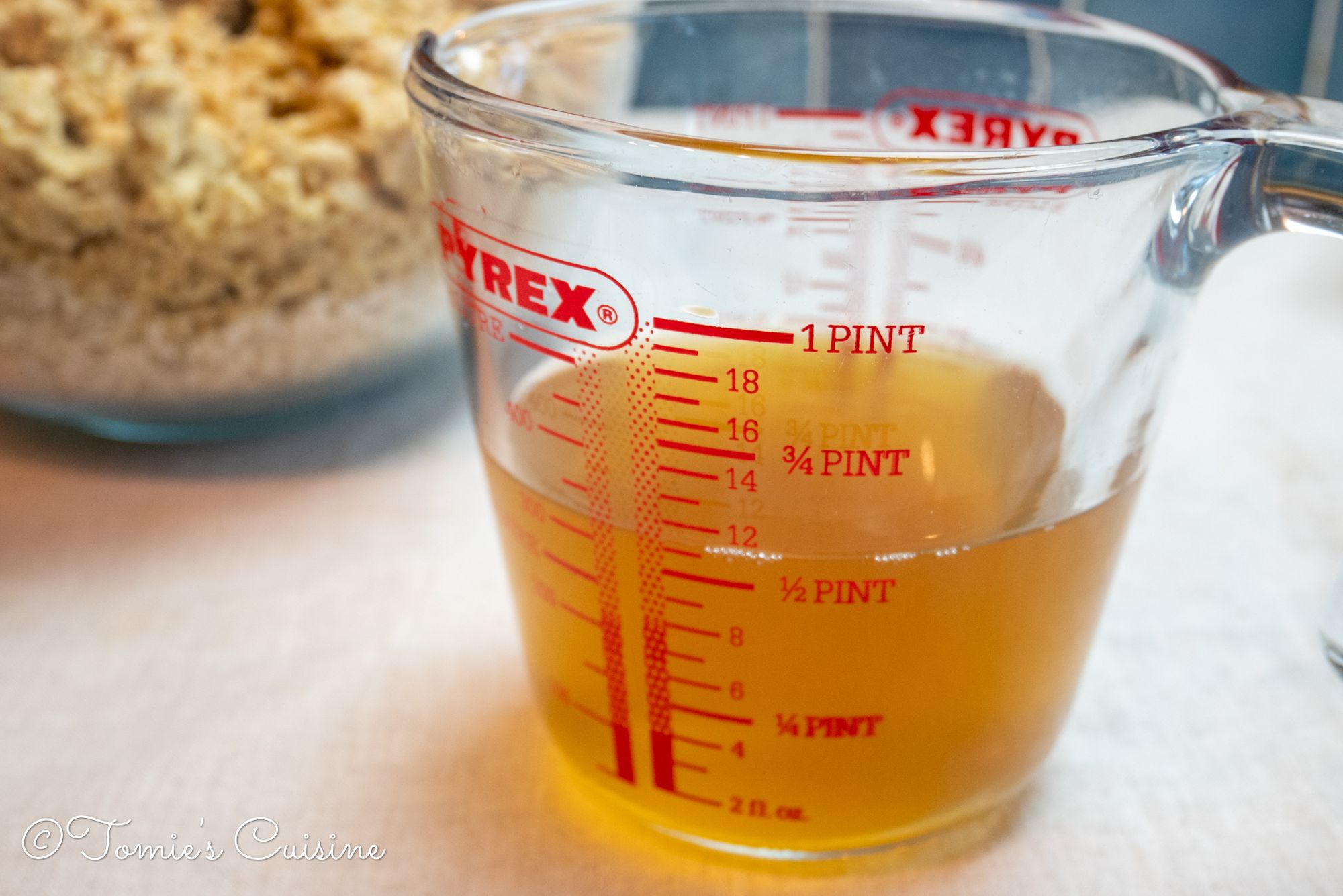
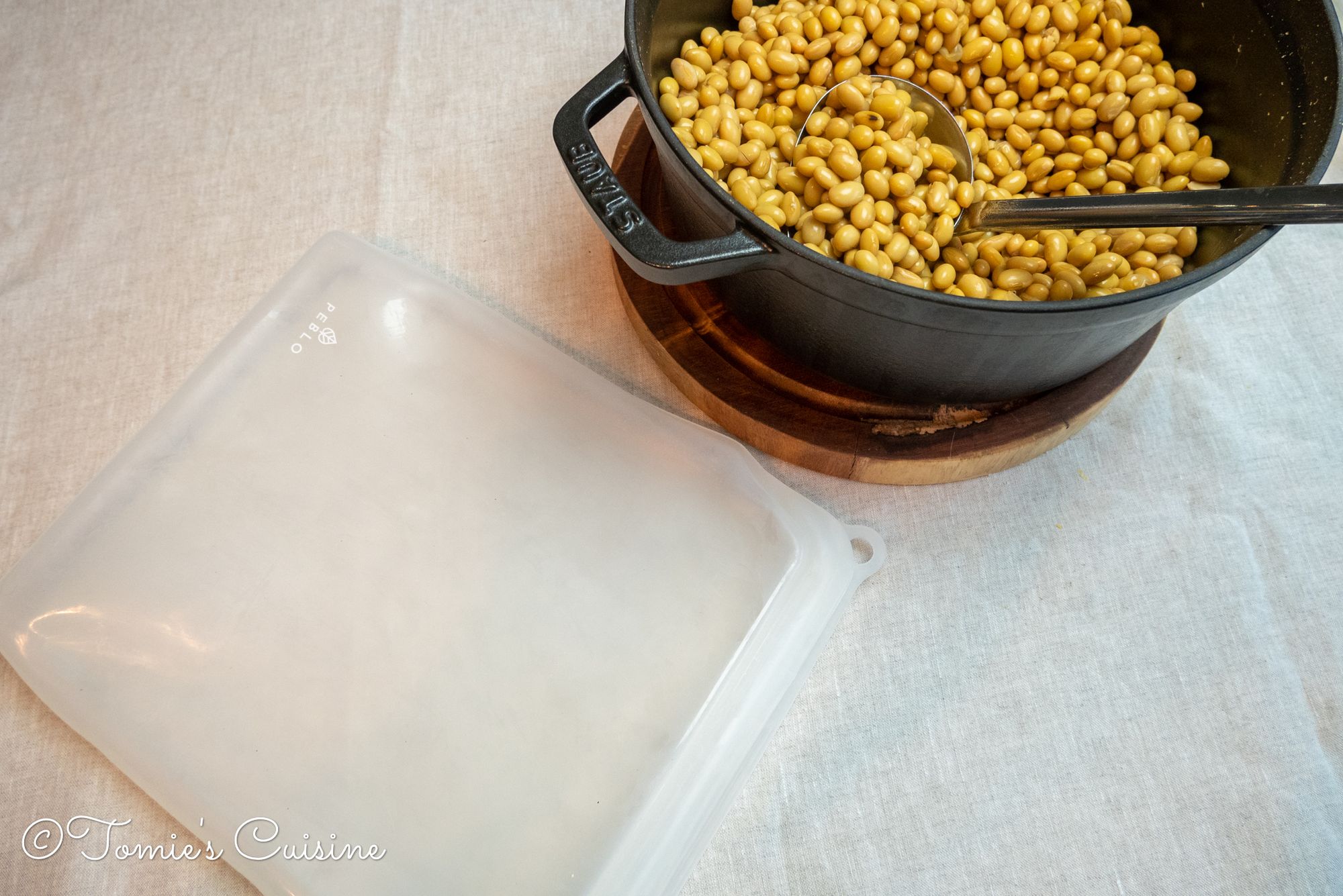
- Once the beans are soft, keep some water from the pot (I saved about 350ml) and drain the rest with a colander. Put the beans in the large silicone food bag and smash them with your hands or a rolling pin.
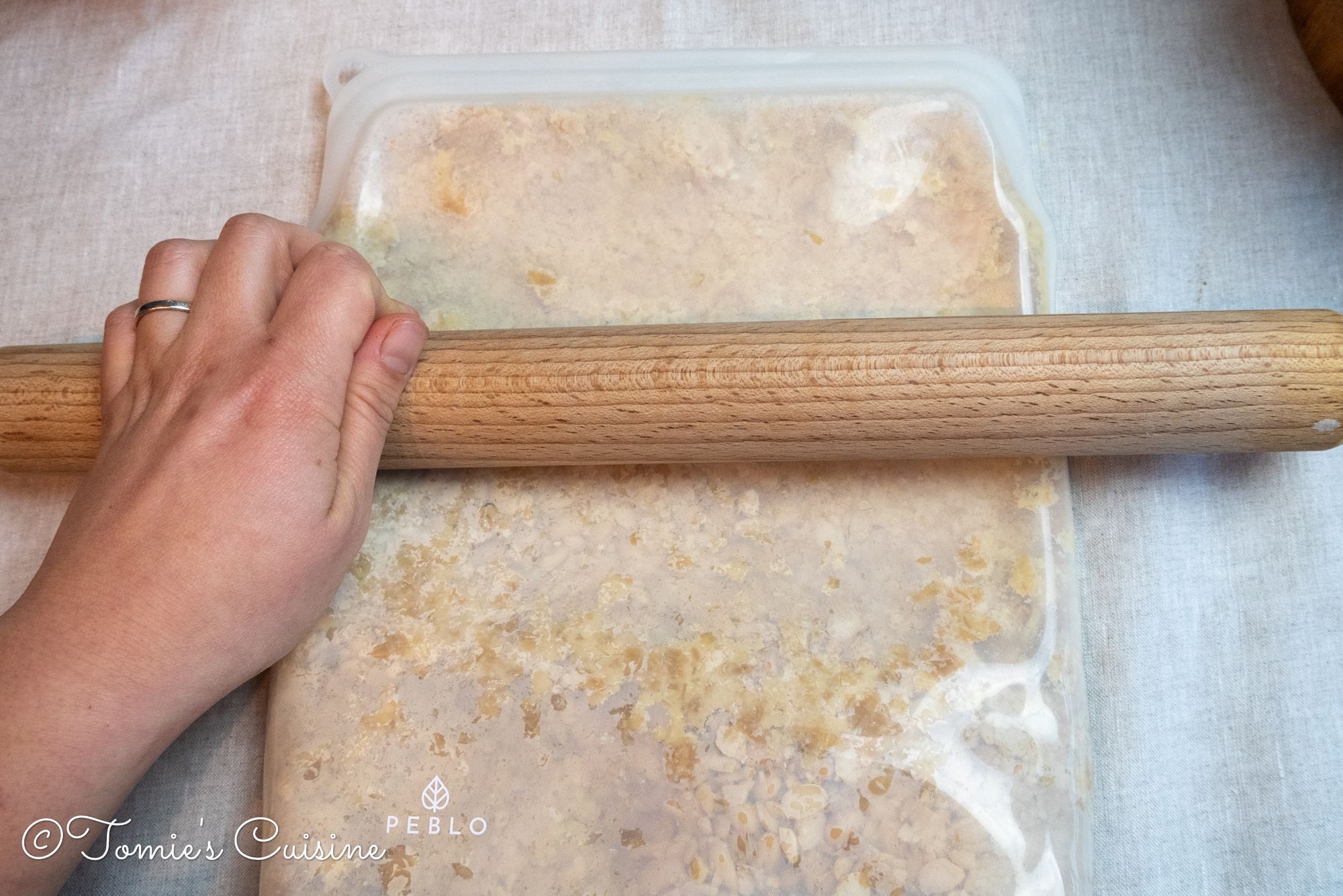
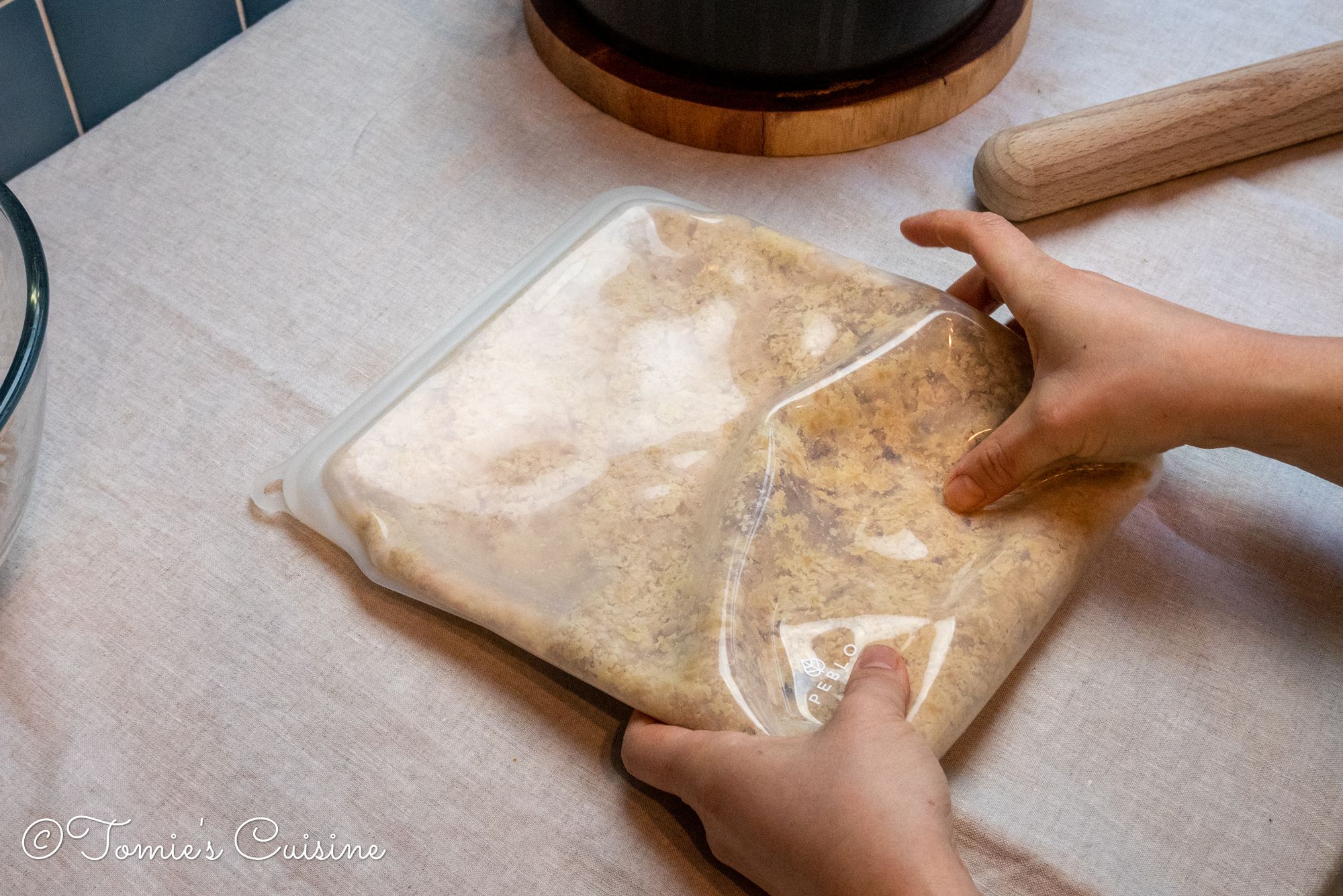
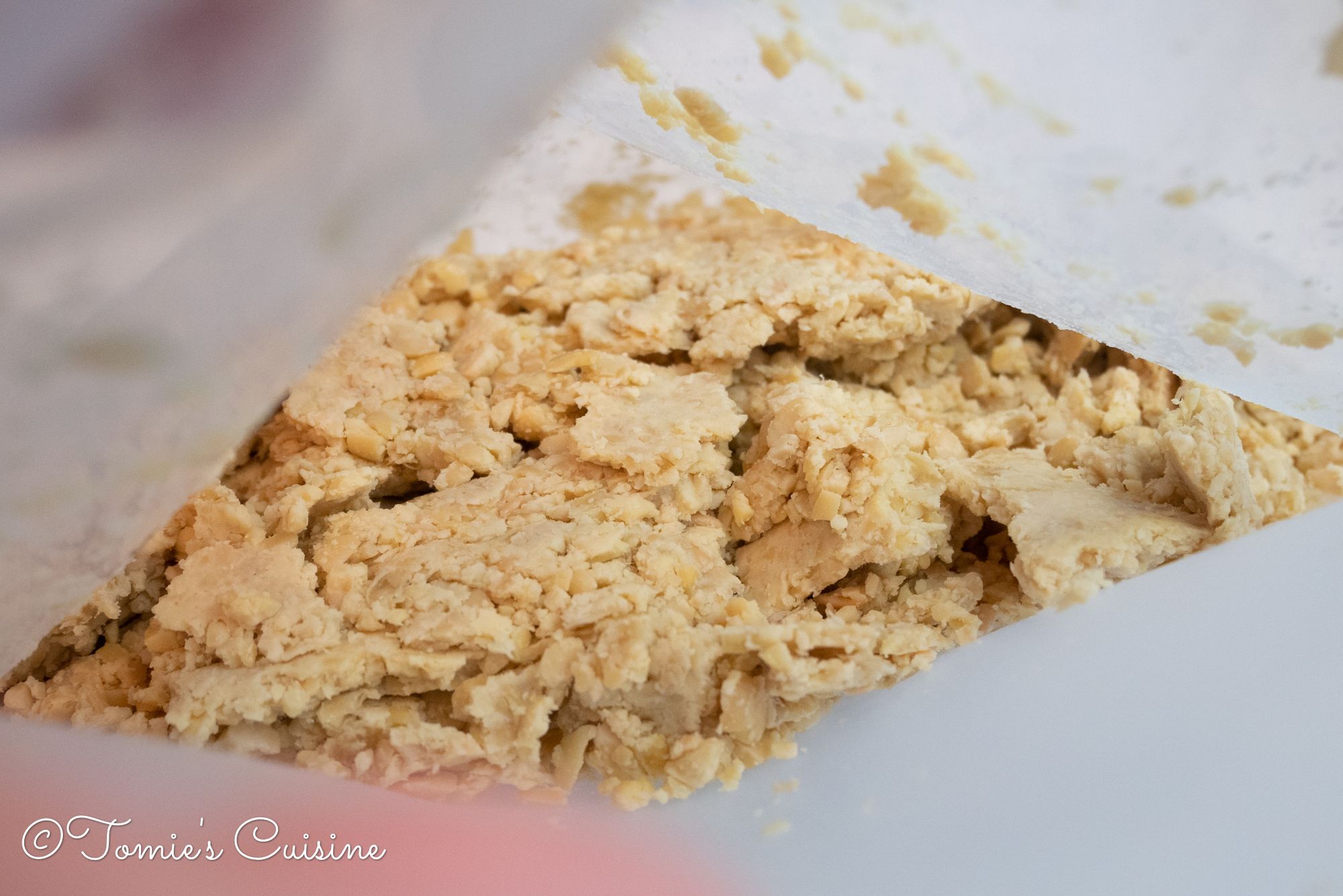
If you have a food processor, use it to get a smoother finish.
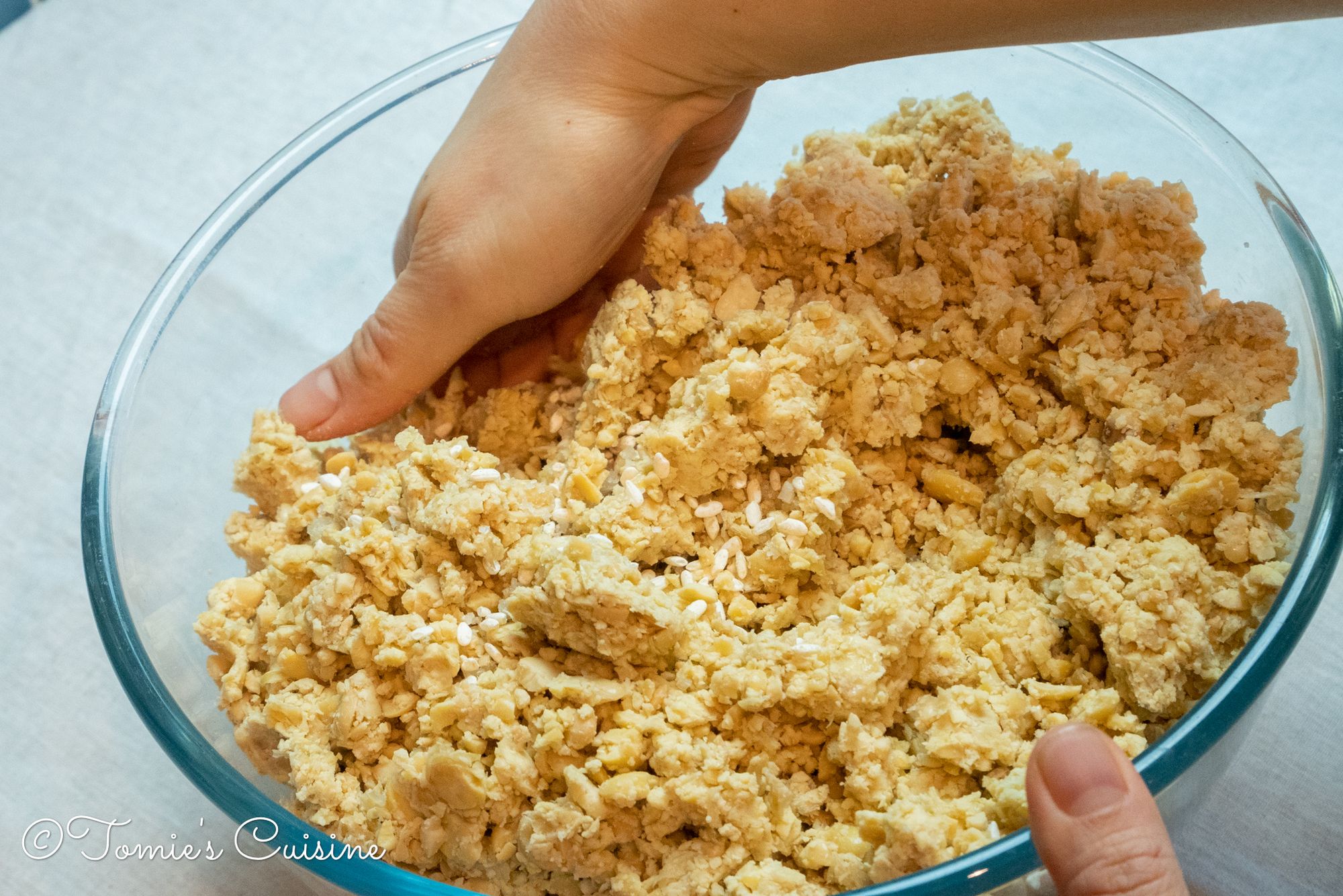
- Once the mashed soybeans are lukewarm, mix them with Koji and salt
- Add some water until the mixture has a meatball-like texture (like in the photo).
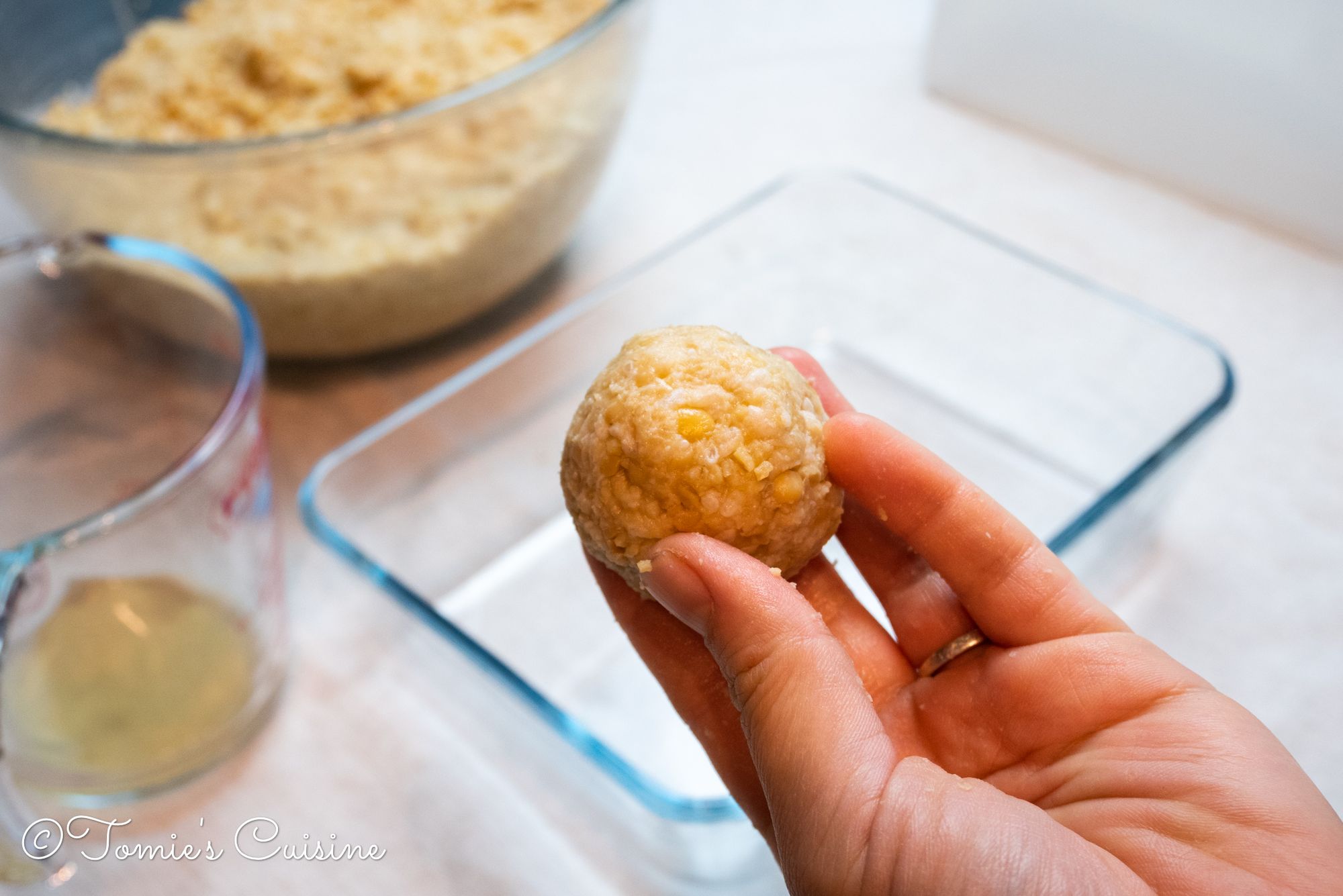
- Shape them into balls by removing the air inside.
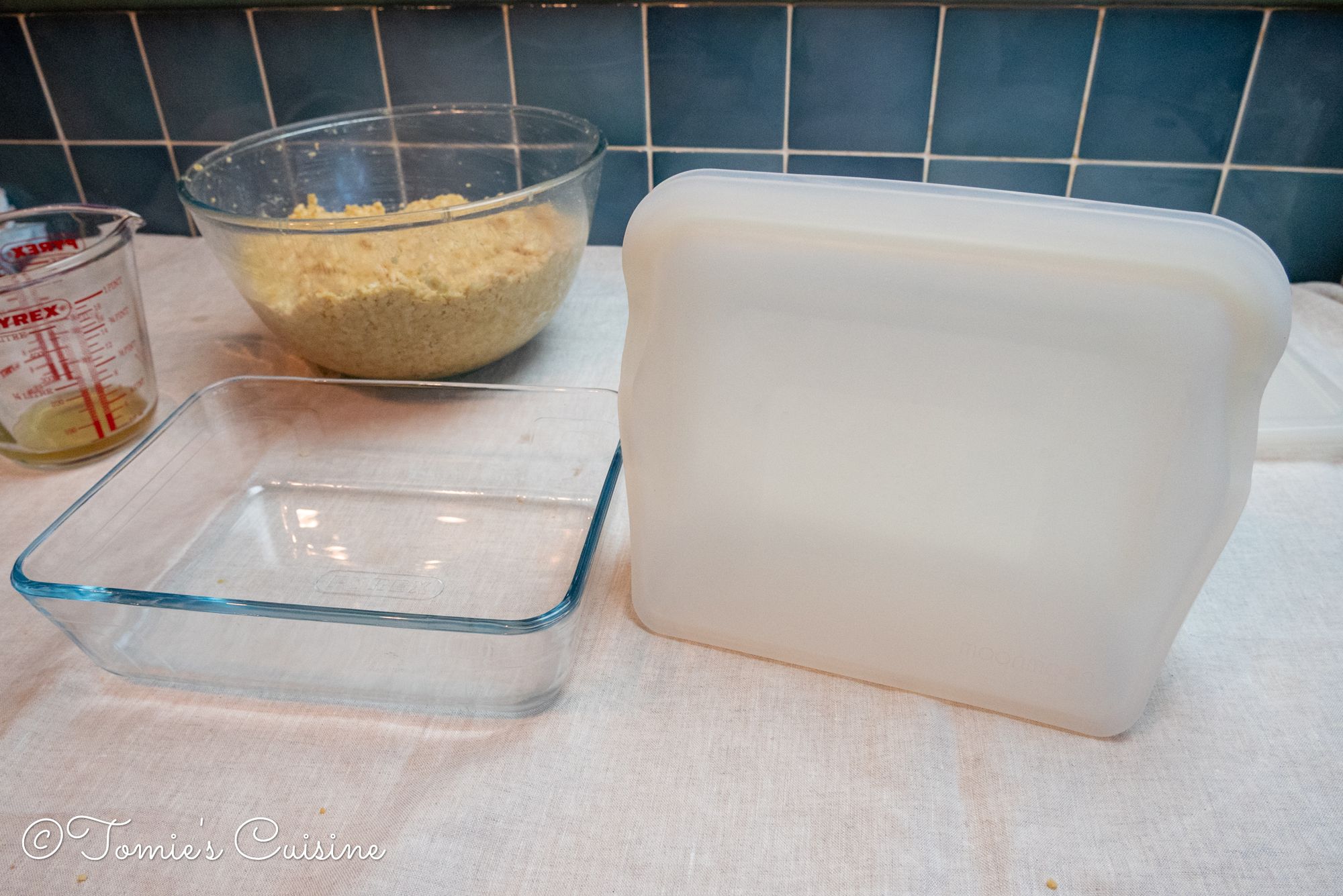
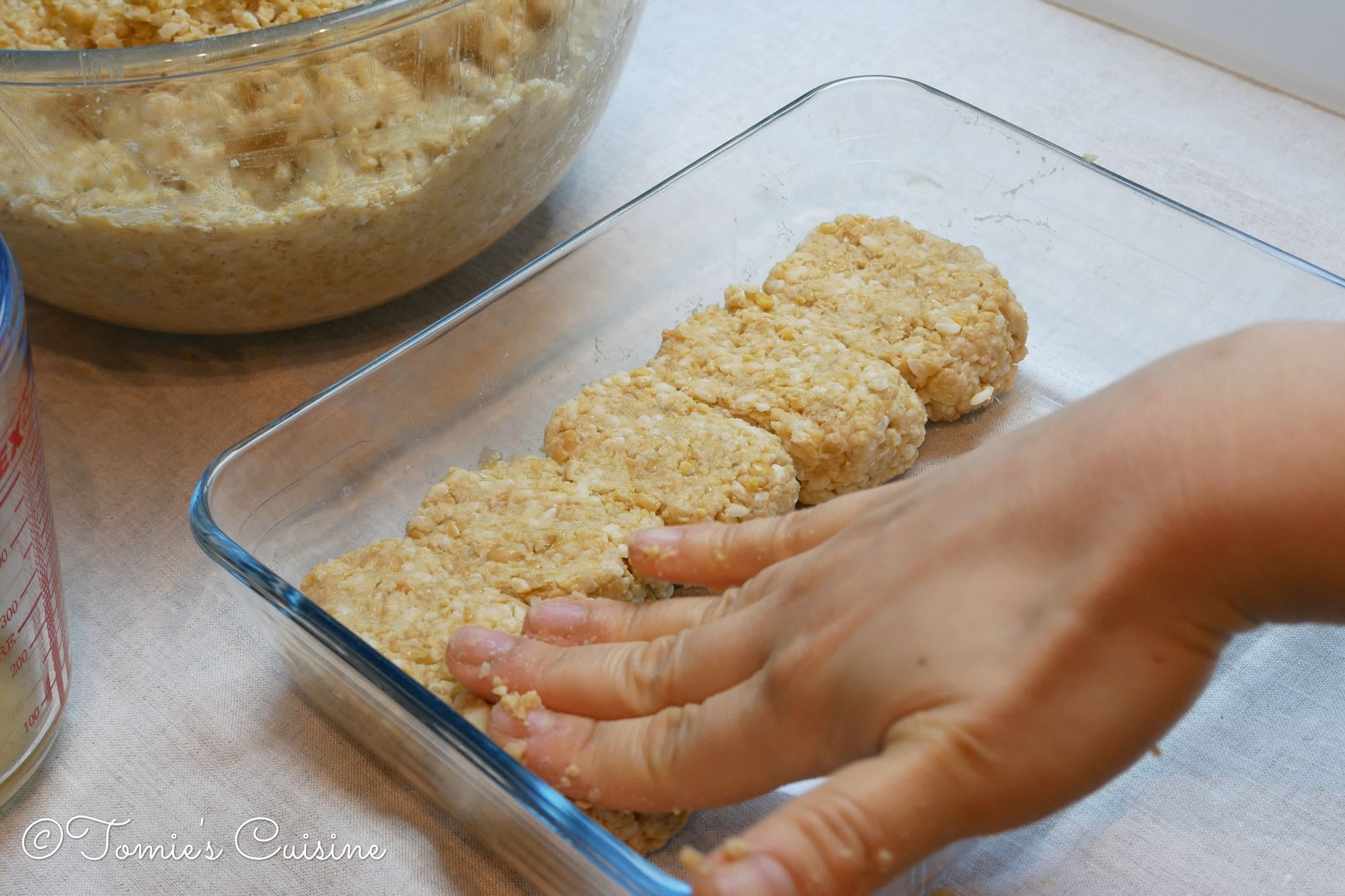
- Add the balls into the sterilised container and push well to remove any space and air between them.
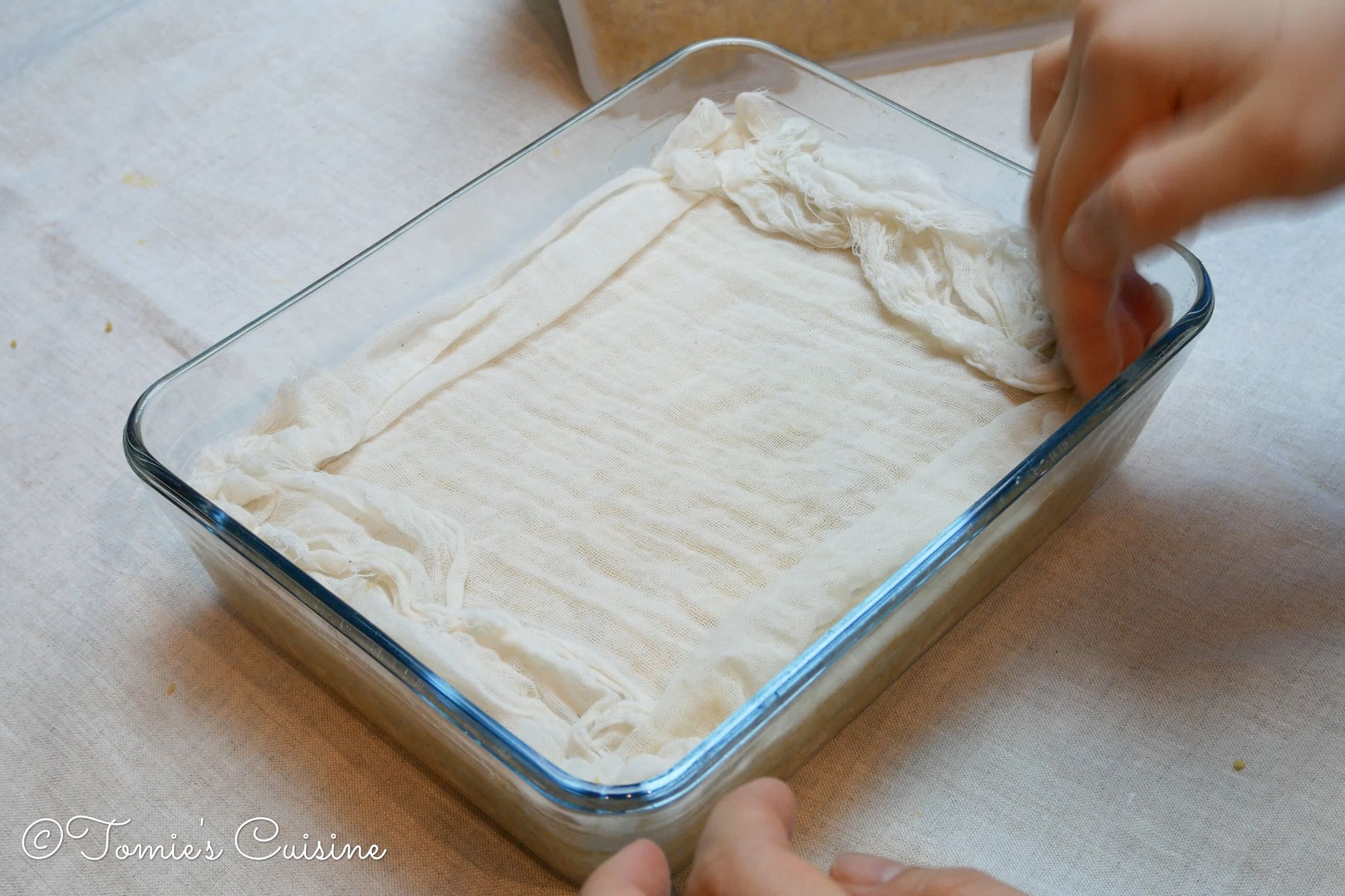
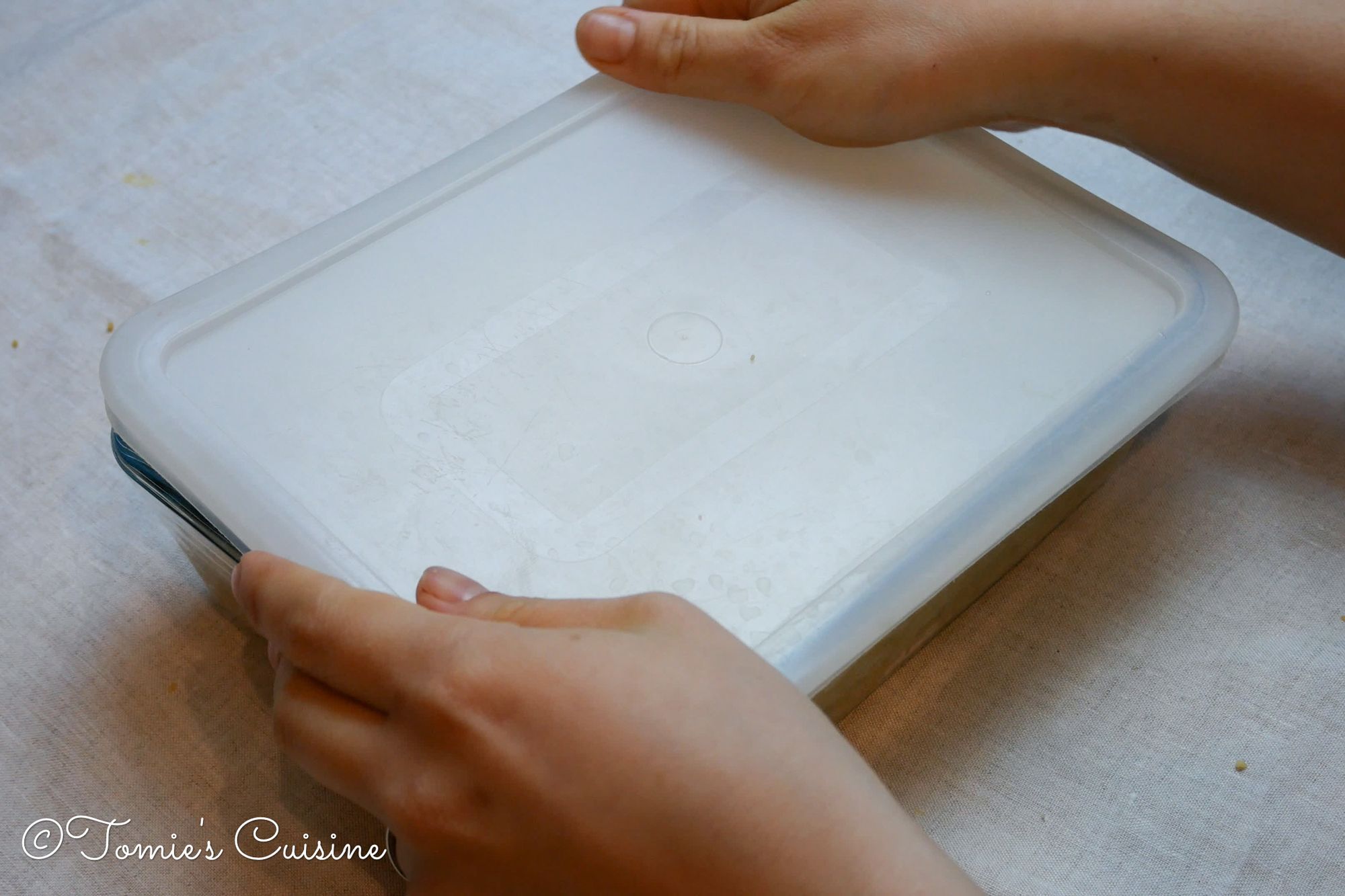
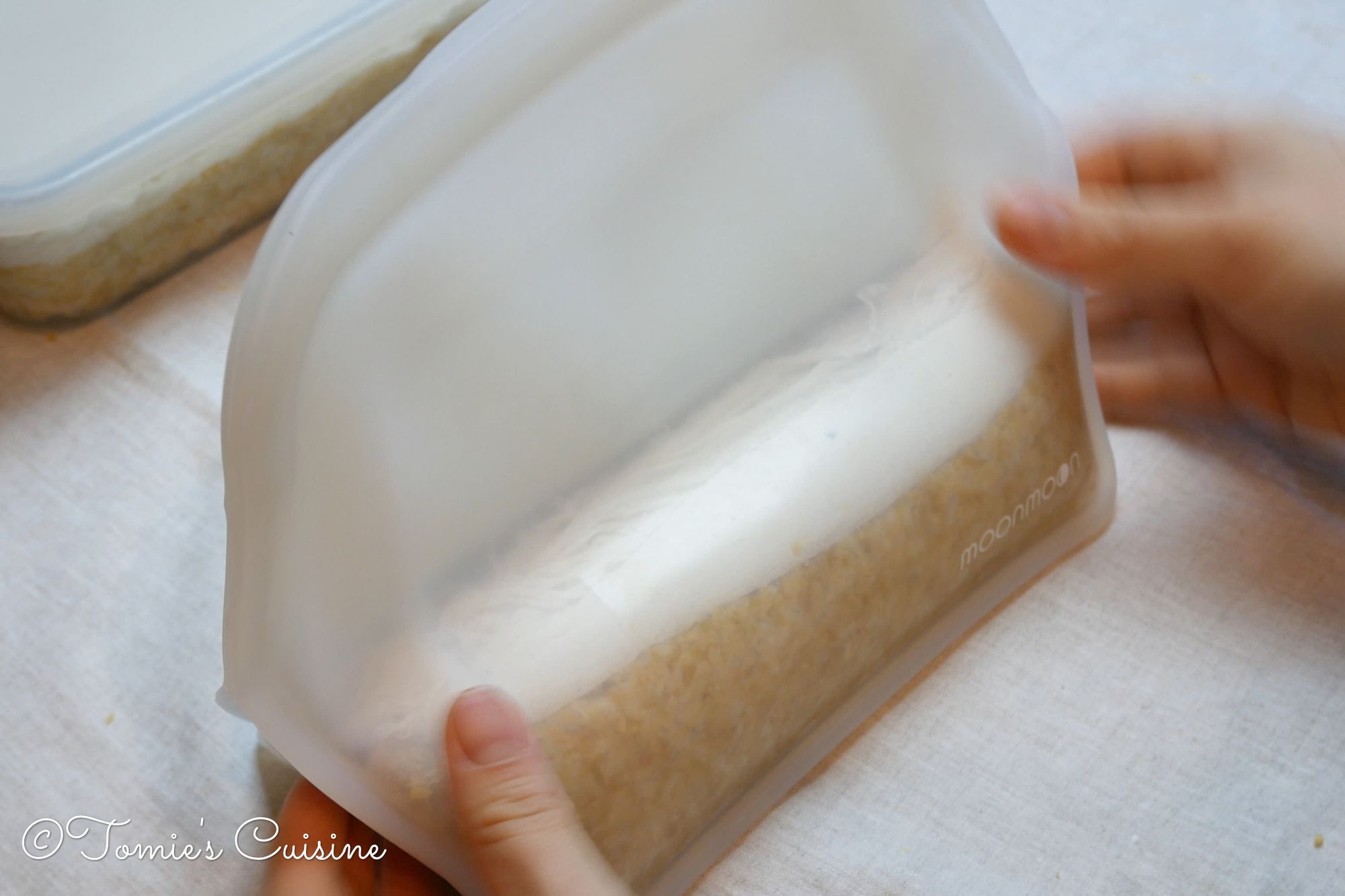
- Cover with a sterilised muslin and put the lid on. Covering the surface and blocking the air out makes it harder for mould to grow.
- Leave in a warm place without sunlight at an ambient temperature.
After a few months, you might find some mould, but don’t worry!
It’s normal to see mould on your miso during fermentation, so don’t panic. Just remove the mouldy part and replace the old muslin with a new clean, sterilised one. Wipe off the side of the container with a clean cloth with food-safe sanitiser and leave it in a warm place.
Good to know
- You can extend or shorten the fermentation time depending on your taste preference.
- We used the 1:1 ratio of Koji and soybeans this time, but If you add more Koji, you will get milder and sweeter miso.
Closing words
I hope you find making miso at home enjoyable! It’s one of my favourite things to do in the wintertime; next time, I want to try making it with different beans like chickpeas or lentils. It would be a fun experiment!
I will write some articles to follow up on this miso process every 2 to 3 months so we can watch it together! Don’t forget to subscribe to our newsletter, so you don’t miss it. If you’ve also prepared miso, please share it with us on Instagram, Pinterest, and Facebook!

